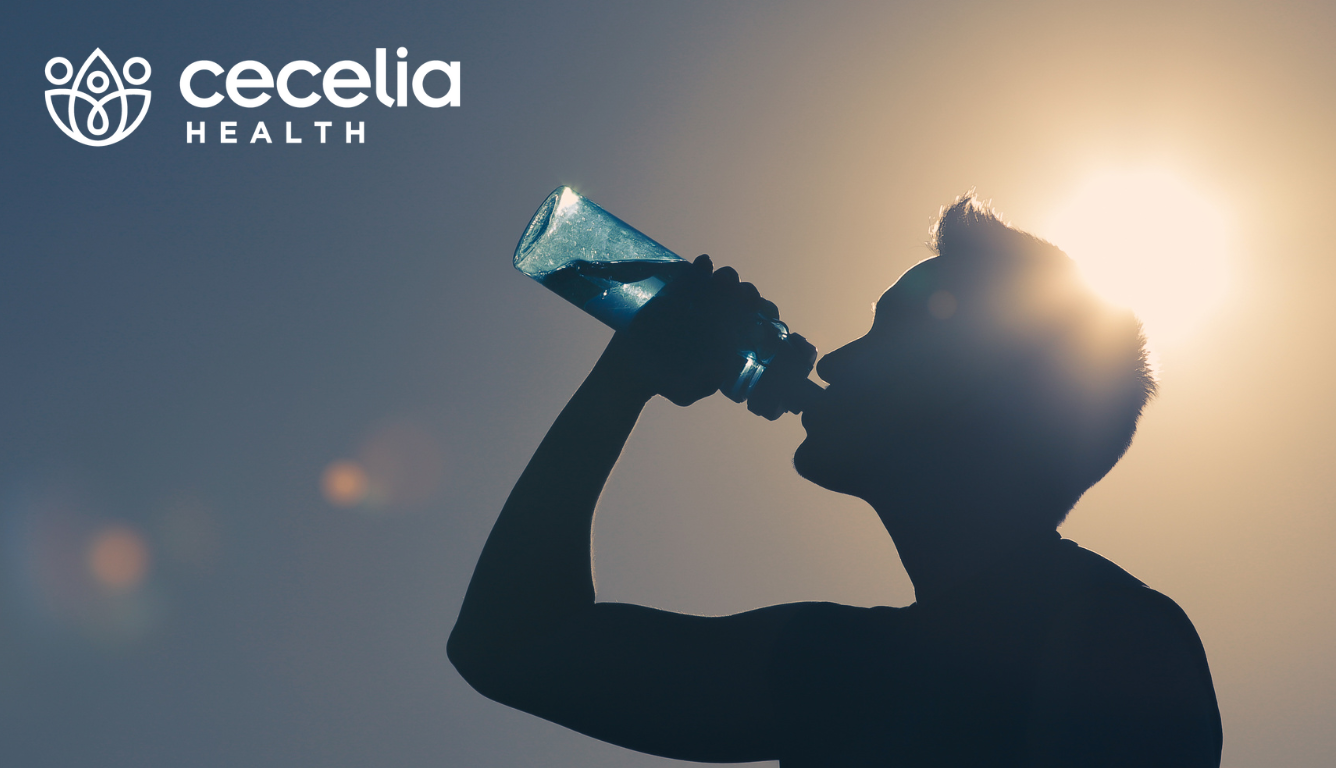The kidneys filter toxins and balance fluid levels within the body. Most people in the early stages of kidney disease do not need to limit fluid intake. In fact, they should concentrate on staying hydrated and consuming adequate water to maintain good health. However, if too much fluid builds up in the body it can be harmful to your health and can even cause complications such as swelling of the feet and legs, shortness of breath, fatigue, and heart failure. As kidney disease progresses, or if fluid overload occurs, your physician may limit the fluids you’re allowed to have each day. If this becomes the case, it is important to know what counts as fluids and how to track your fluid intake.
Most foods naturally contain water. However, when tracking fluid intake, it is important to count liquids or foods such as gelatin and ice that turn into liquids at room temperature. Examples of these include:
· Tea and coffee
· Juice
· Milk and milk substitutes
· Soda
· Soup
· Popsicles
· Sherbet
· Ice cream
· Ice chips or ice cubes
· Gelatin
Most fruits and vegetables contain a significant amount of water, especially watermelon and cucumbers. Some of these should be monitored and portion sizes should be considered or limited with fluid restrictions.
Once you’ve determined which foods in your diet count as fluids, it is important to develop a system to track your daily intake. It may be helpful to plan out all the foods and fluids that will be consumed before the day even starts. This type of planning can help ease the stress or decision fatigue that can come with fluid restrictions. Another strategy is to keep track of fluid consumption as the day progresses. This can be helpful for those who don’t like sticking to a specific plan or when handling changes in plans. Whether pre-planning or tracking as the day progresses, it is important to have a system in place to ensure accurate tracking. This could be as simple as tracking with a pen and paper or downloading an app on your smart phone. There are a variety of different tools to help you manage your fluid intake.
After learning which foods count as fluid and how to track your fluid intake, it is important to learn how to control your thirst. While tracking fluid intake is important, it is also important to focus on behaviors that will help to control how much fluid your consuming or craving. The following healthy habits can help to control thirst, which will make it easier to maintain fluid restrictions: · Reduce salt intake, because this increases thirst.
· Enjoy cool beverages rather than hot ones.
· Avoid spicy food, because this also increases the drive to drink.
· Spread liquids throughout the day to avoid getting dehydrated or overly thirsty.
Everyone may have different fluid restrictions, based on their size, kidney function, and medications. Learning which foods to track, how to track, and how to control your thirst are imperative to helping prevent fluid overload. Working with your physician and a dietitian can help make this process more manageable and improve health outcomes. To learn even more about managing your kidney disease, check out our free, dietitian led webinars, and give your kidneys their best chance.
